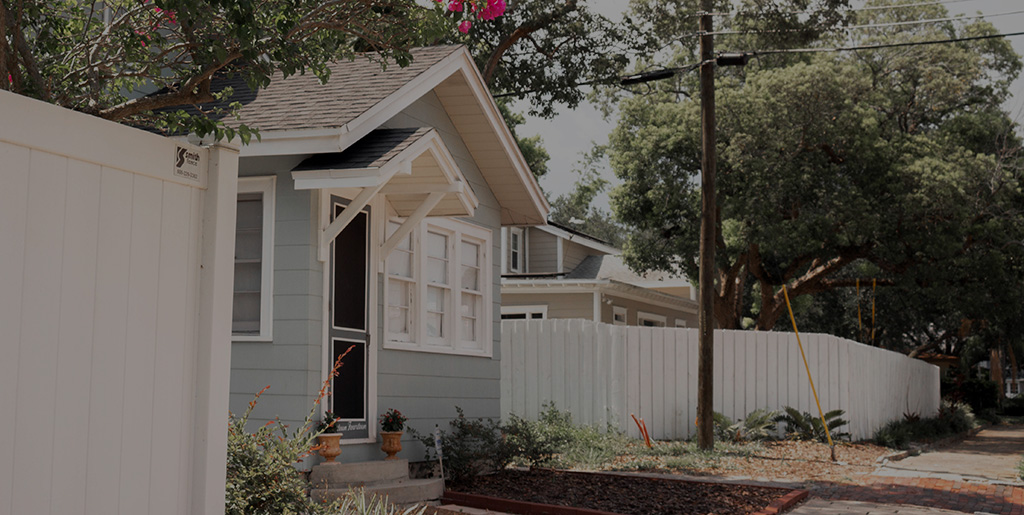Has The Toronto Bubble Finally, Popped?

With rent and housing prices on the rise over the last two decades, political pressure continues to mount on municipal politicians to provide solutions for more residential supply. After 30 years of government lobbying by architects and advocacy groups, laneway housing has become a reality in Toronto. Last summer the City of Toronto made changes to its bylaws to allow for laneway housing. With 250 kms of underutilized land, this type of housing could help create more supply. More than this, it’s meant to revitalize neglected pockets of the city’s oldest and most established neighbourhoods.
The actual use of laneways in Toronto is almost as old as Toronto itself, dating back to the 1860’s. Before the existence of cars and subsequent need for garages, the primary use of laneways was for stables and trades. Presently, the use of laneways is for car access and parking. However, in the not-too-distant future, car ownership might become obsolete. When you factor in the astounding growth rate of technology behind self-driving cars, increased traffic congestion, and services like Uber, the economics and practicality of owning a car may no longer make sense. With this in mind, the City of Toronto defines this type of housing as,
“A structure, located in the same lot of a house (detached, semi-detached or townhome), and is facing a laneway. They are dependent on the main structure of the lot and have access through the laneway and through an access path provided through the lot, that connects to the main road. These new suites must be rental units and will have to obey a series of design guidelines to be issued an as-of-right Building Permit.”
Under the newly passed city bylaws permitting laneway housing, the lot cannot be severed into two. As a result, the primary reasons for a homeowner to consider building a laneway house on their property is for family or a rental. For some families, building a laneway house could present an economical solution. This is especially true for parents of children who may not be able to otherwise afford to buy a house. And for other homeowners, a laneway house may be a great way to generate income or add value to their property.
Currently, there are 12 building permits for laneway suites with another 25 applications in the permit review process. Over time, you can expect that this new form of creating housing will become a popular option for many homeowners. Look no further than ultra-expensive Vancouver, which due to recent changes in its laneway house bylaws, has created over 2,500 new units. Vancouver’s experience with laneway housing has been a runaway success. No doubt, if managed properly, Toronto will also greatly benefit by creating a new form of housing on underutilized land.
If executed correctly, laneways with narrower streets and great design could begin to adopt a more European type of feel. At the same time, it will provide a “gentle densification” to some of Toronto’s oldest and most desirable neighbourhoods. Some of the city’s neighbourhoods are already looking at revitalizing its laneways to make them more inviting and pedestrian-friendly. Take for example, the Light Up The Laneways initiative supported by local Business Improvement Areas (BIAs) on Toronto’s west end, which seeks to transform many laneways in Bloordale and Ossington. The focus of this initiative is on the addition of street art galleries, greenery, and lighting. And, the intent is to make laneways more pedestrian and bike-friendly.
The new municipal bylaws allowing for the creation of laneway housing is a massive win for the City of Toronto. There is no real downside. With a creative and thoughtful rollout, it will represent a real win for neighbourhoods, homeowners, and renters. Perhaps in the future if there is a significant amount of laneway inventory, the city will allow for severance. At that point, this could help make the dream of homeownership in some of Toronto’s best neighbourhoods more affordable. This new change in bylaws is a step in the right direction. Let’s hope we don’t mess up this opportunity!
—
This article is written by Ralph Fox, Broker of Record and Managing Partner here at Fox Marin Associates. Ralph is a Torontonian native who recognized from an early age that the most successful people in life apply long-term thinking to their investments, relationships, and life goals. It’s this philosophy, along with his lifelong entrepreneurial drive and exceptional business instincts that help to establish Ralph as a top agent in the real estate market in downtown Toronto.